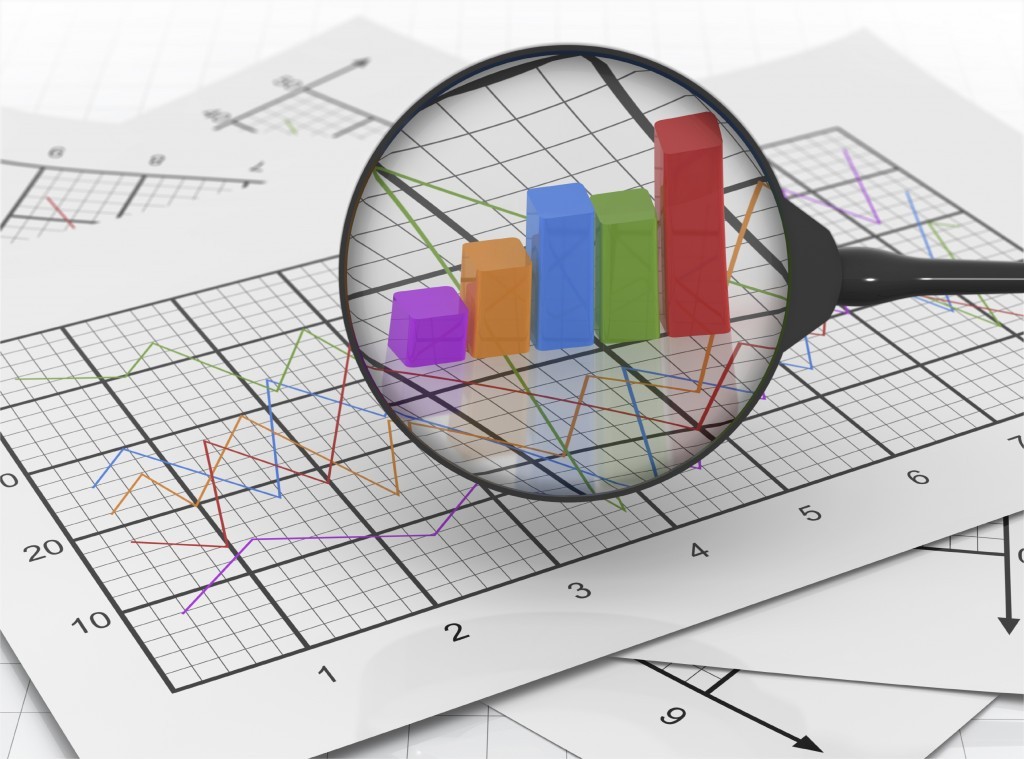Organising, analyzing and summarizing data are the key challenges faced by researchers. They are supposed to bring credibility to their point and hence, here comes the significance of statistics.

Statistics, in general, is the science of collecting, analysing and extracting inference from the data. Researchers use them in many fields to organise, analyse, and summarise their data. Earlier, it was limited in its usage as a useful branch of mathematics, but slowly, it expanded its significance and was used for researchers to access right data.
Owing to its accuracy, these days, statistical methods and analysis find place to communicate research findings. At the same time, they find usage in supporting hypotheses as well as in giving credibility to research methodology and conclusions.
It’s mandatory for the researcher to understand the statistics in terms of its significance. He should know what the statistics want to portray. This step helps them to stay in tune with innovative trends. Secondly, this initiative also helps them to evaluate the credibility of information. Hence, at the end of the day, they can make appropriate decisions on the basis of the information.
Objective of statistics
The major objective of statistics is to help researchers. Understanding and describing the different phenomena in the world is the major aim and objective of the statistics which help researchers draw reliable conclusions on their related subjects.
Modus operandi of research
Before you start planning and conducting research, you need to follow the following steps:
Step 1 Frame a right question which can answer point to point to your problem: First pose the basic question to your research and hence you will be able to find the right solution which you have been seeking since long.
Step 2 Explore what should be measured and how: Try to assign numbers to indicate different values of variables to bring in right results
Step 3 Find appropriate method of data collection: You can determine if your data could be collected from existing sources/databases once you know what kind of data you need. The researcher should select and defend appropriate methods of data collection from Data/Sampling Error, Survey Design, The Survey System, Survey Monkey Design Software, Sample Size Formula and Calculator etc.
Step 4: Summarizing Data: This step helps in knowing the crux of an average subject.
Step 5: Analyzing Data and Interpreting Results: This initiative supports the fact with strong data thereby giving credibility to the hypothesis
Subscribe now!
Subscribe today and get future blog posts your email.